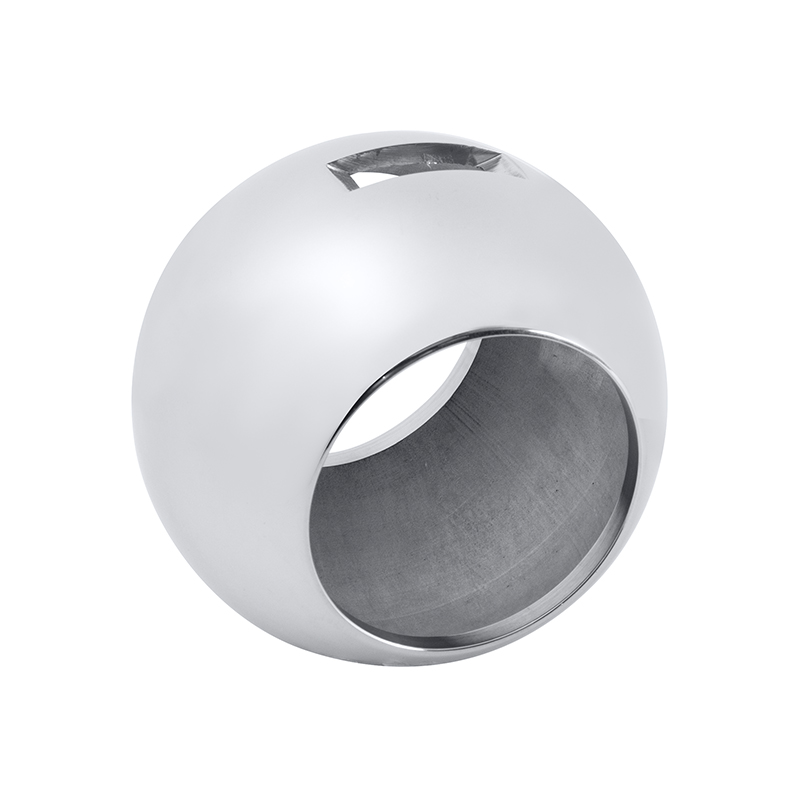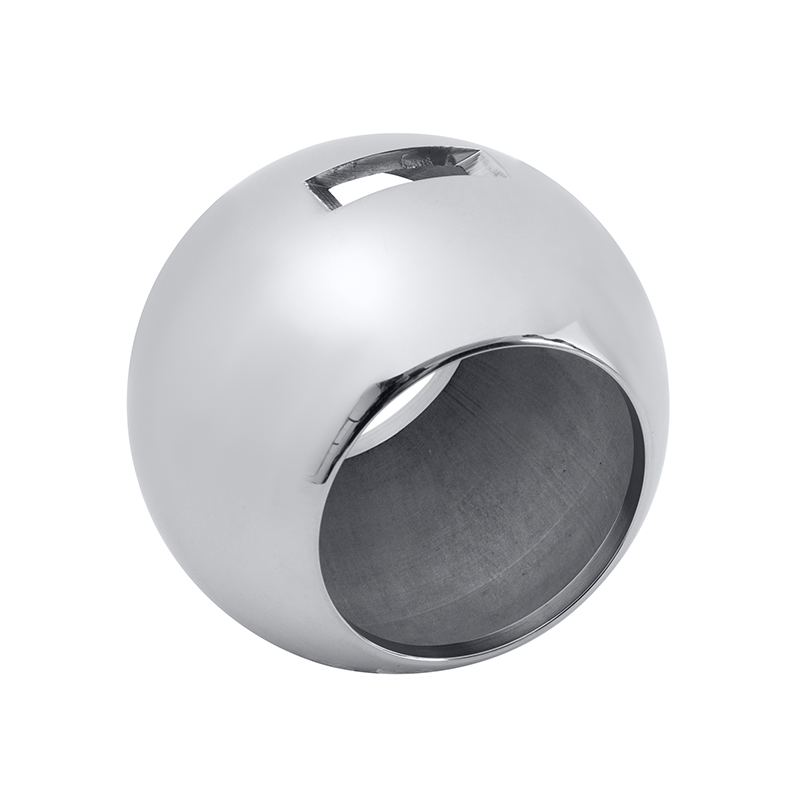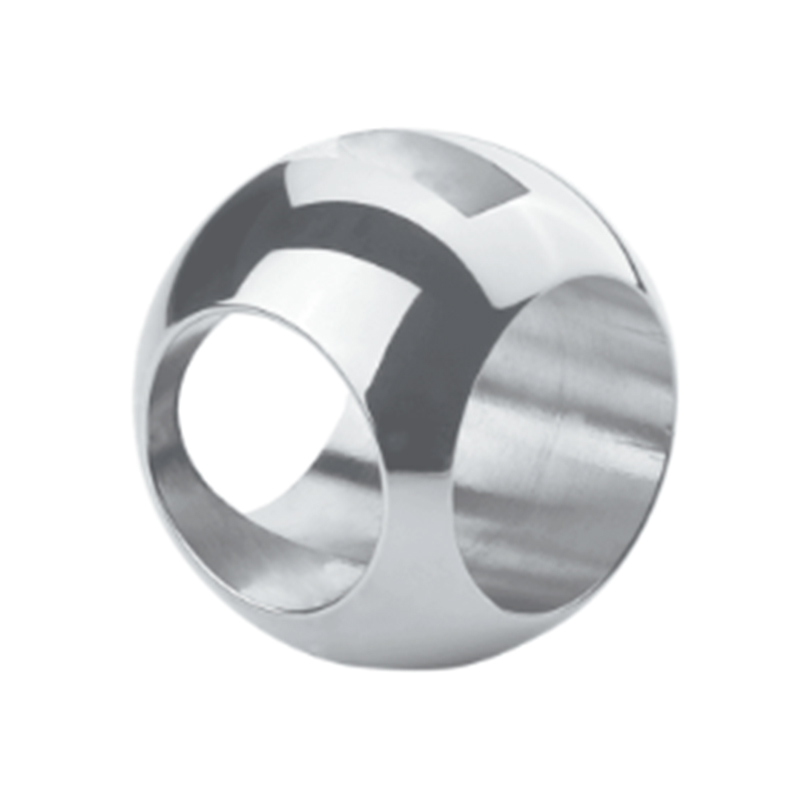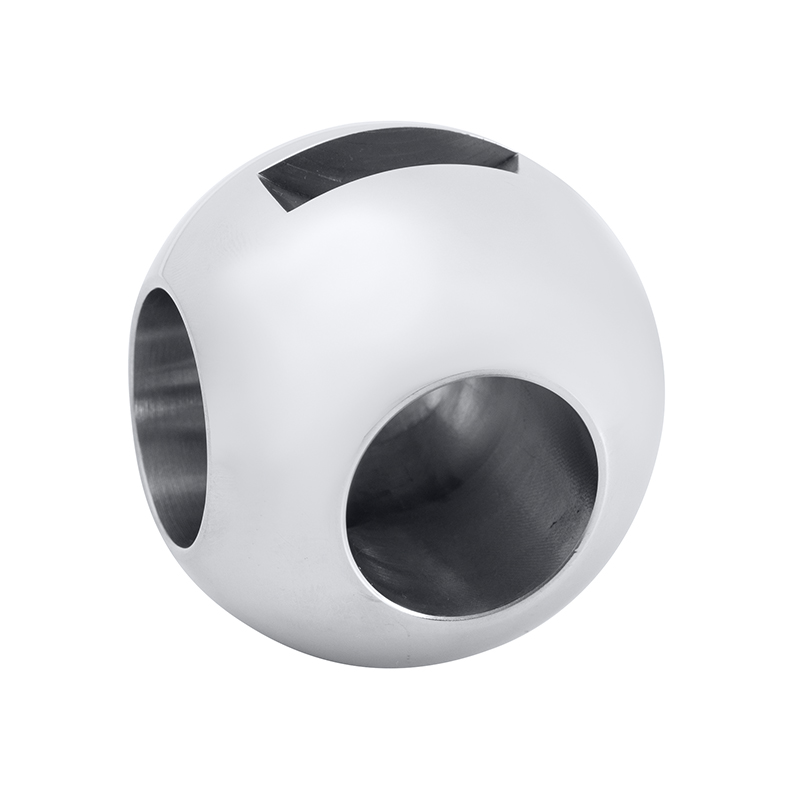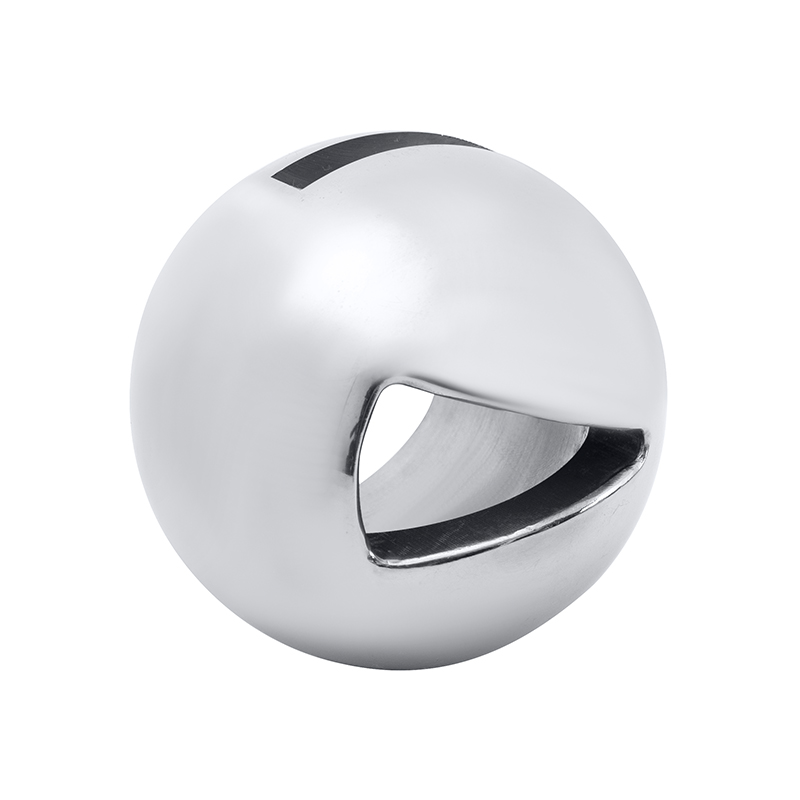Cryogenic valves play a critical role in managing fluids at extremely low temperatures, often below -150°C. These valves are essential in industries such as liquefied natural gas (LNG) processing, aerospace, and cryogenic storage, where the safe and efficient control of cryogenic fluids like liquid nitrogen, oxygen, and argon is required. Among the various types of valves designed for these conditions, ball valve and butterfly valve—particularly those with specialized features like extended stems—are frequently chosen for their reliability and durability in harsh environments.
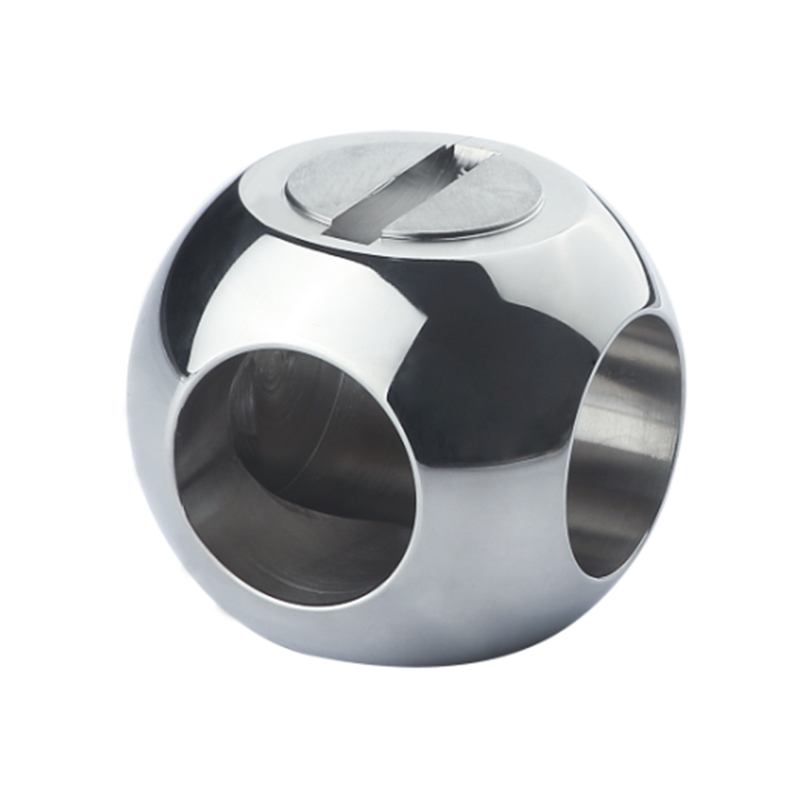
Ball Valve in Cryogenic Applications
A ball valve uses a spherical ball with a bore through its center to control flow. When the ball is rotated 90 degrees, the flow either starts or advances depending on whether the bore aligns with the pipeline. This simple yet robust mechanism allows ball valves to offer tight shutoff and reliable sealing. For cryogenic applications, the design and materials of the valve ball are crucial due to the low temperatures that can cause material brittleness and seal failure.
In cryogenic ball valves, the valve ball is typically made from stainless steel or other materials with reliable low-temperature toughness. The ball's surface is often polished to less wear and provide consistent sealing against the valve seat. This feature helps prevent leakage of hazardous cryogenic fluids, which could pose safety risks and cause operational inefficiencies.
Another important characteristic of ball valves in cryogenic service is their ability to operate under a wide range of pressures and temperatures. They tend to have a relatively compact design and can be actuated manually or automatically, offering flexibility depending on the system requirements.
Butterfly Valve and Cryogenic Suitability
While ball valves are widely used in cryogenic systems, butterfly valves are also considered in certain applications. A butterfly valve operates with a rotating disc positioned in the center of the pipe. When the disc is turned, it either restricts or allows fluid flow. Butterfly valves are generally lighter and require less space than ball valves, which can be advantageous in large-diameter piping systems common in cryogenic facilities.
However, butterfly valves face challenges at cryogenic temperatures, primarily because the sealing elements and disc materials must endure thermal contraction and potential brittleness. As a result, special cryogenic butterfly valves are designed with materials and seats capable of maintaining performance under such conditions. In some cases, the sealing performance of butterfly valves may not be as tight as ball valves, making them more suitable for applications where throttling or flow modulation is needed rather than complete shutoff.
Extended Stem Ball Valve: Addressing Cryogenic Challenges
One significant design adaptation for ball valves used in cryogenic environments is the extended stem ball valve. The extended stem serves several purposes related to the unique challenges posed by low-temperature service.
The stem is the shaft that connects the valve actuator or handle to the internal ball, allowing it to rotate and control flow. In cryogenic valves, the extended stem design raises the valve’s operating mechanism above the cold zone. This elevation helps to isolate the actuator or handle from the very low temperatures that could otherwise damage components or cause freezing during operation.
By using an extended stem, manufacturers ensure that the valve can be operated safely and reliably even when installed in sub-zero conditions. The extended stem also helps to reduce heat transfer from the ambient environment to the cryogenic fluid, preserving the fluid’s low temperature and less evaporation or pressure build-up.
Materials used for extended stems are carefully selected for their thermal expansion properties and resistance to low-temperature embrittlement. Moreover, the packing around the stem must maintain sealing integrity while allowing smooth rotation. Some extended stem ball valves incorporate special cryogenic packing materials or bellows seals to enhance performance and safety.
Comparing Ball Valves and Butterfly Valves in Cryogenic Systems
When selecting valves for cryogenic systems, engineers weigh several factors, including temperature range, pressure rating, sealing performance, and space constraints. Ball valves, with their simple quarter-turn operation and reliable sealing, tend to be preferred in applications requiring tight shutoff and small leakage. The availability of extended stem designs further enhances their suitability for cryogenic environments.
On the other hand, butterfly valves may be chosen when the system requires a lightweight valve with good throttling capabilities or when the pipeline diameter is very large. Their compact design can reduce installation costs and space requirements. However, the sealing and material challenges of butterfly valves at cryogenic temperatures mean that careful selection and testing are essential to ensure safe operation.
Valve balls in cryogenic valves play a vital role in ensuring the safe and efficient handling of fluids at very low temperatures. The use of ball valves, especially those with extended stems, provides a reliable solution to the challenges of cryogenic service. While butterfly valves also find their place in certain cryogenic applications, the extended stem ball valve remains a favored choice when tight shutoff, durability, and operational safety are critical.
Understanding the differences between ball valves and butterfly valves, as well as the advantages brought by design features like extended stems, is key to selecting the appropriate valve for cryogenic processes. With proper material selection and engineering design, these valves continue to support industries that rely on the controlled flow of cryogenic fluids.

 English
English Español
Español Deutsch
Deutsch
